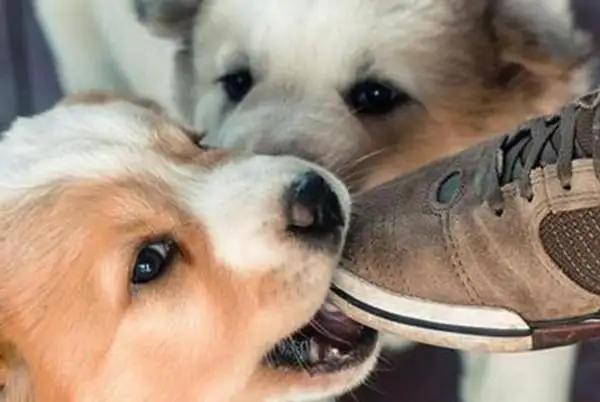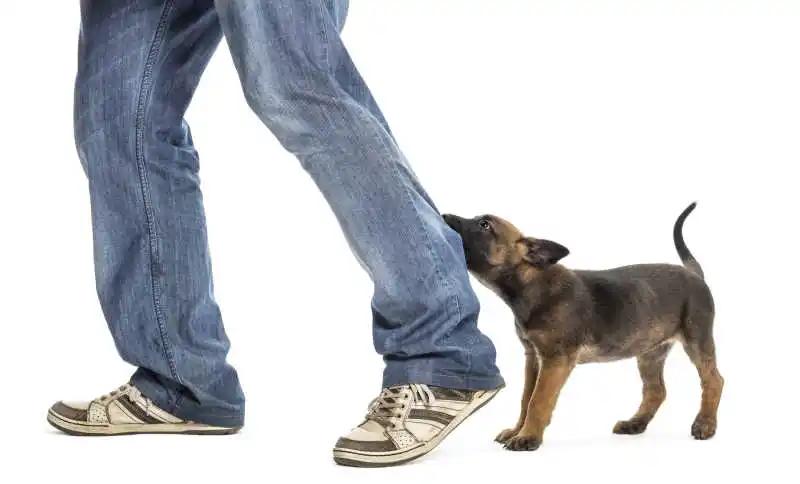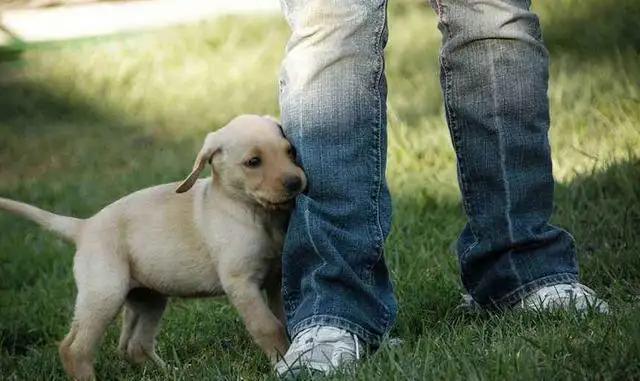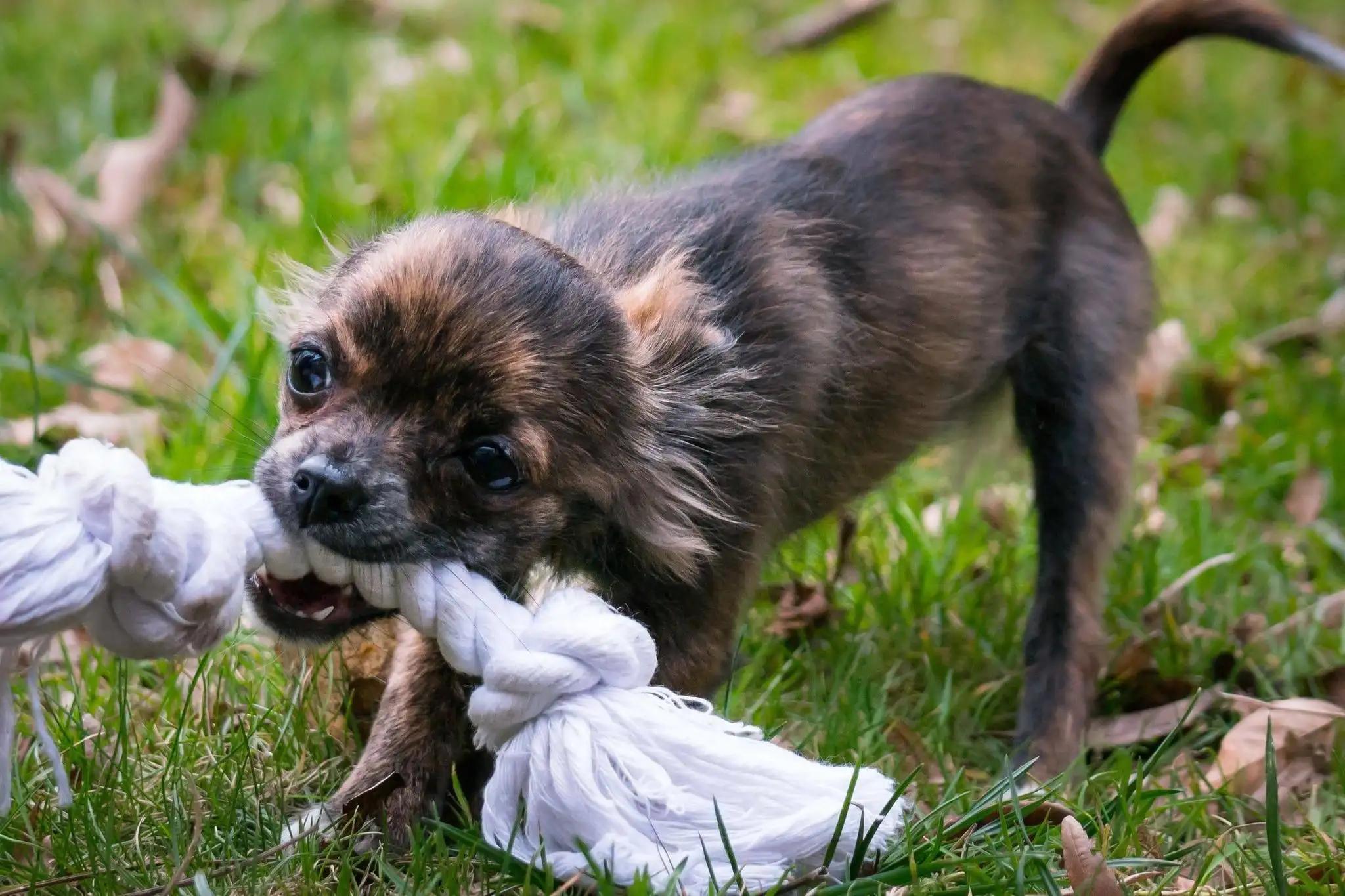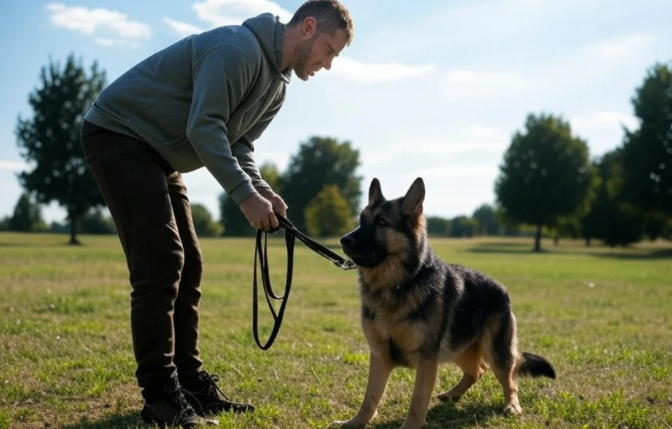Dog Biting Heels Explained: Instincts & Meanings
Why Do Dogs Bite Heels? Understanding Canine Behavior and Herding Instincts
Does your puppy chase and nip at your ankles? This common dog behavior has roots in biology and communication. While it might seem annoying, heel-biting often carries specific messages from your furry friend. Let’s explore why dogs do this and how to respond.
1. It’s Playtime!
Puppies often bite heels during games. When you react by moving away, they think you’re playing chase. This behavior is especially common in breeds like Border Collies and Corgis. Tip: Redirect their energy with toys instead of letting them use your feet as playthings.
2. Teething Troubles
Between 3-6 months old, puppies chew to soothe sore gums. Your moving feet become tempting targets. Provide chew toys to protect your shoes and ankles. Consistent training during this phase prevents adult dogs from developing problematic biting habits.
3. Working Dog Instincts
Herding breeds like Corgis and Australian Shepherds have built-in heel-nipping instincts. Historically, these dogs controlled livestock by gently biting their heels. Even as pets, they might try to “herd” family members this way.
4. Boredom Bites
Undersimulated dogs create their own entertainment. Without toys or exercise, your moving feet become their amusement. Ensure your dog gets:
- 30-60 minutes of daily exercise
- Interactive puzzle toys
- Regular training sessions
5. Seeking Attention
Some dogs learn that ankle-nipping gets immediate reactions. If you yell or push them away, they might see this as successful interaction. Instead, calmly stop moving and ignore the behavior until they stop.
How to Manage Heel-Biting Behavior
- Use chew toys during teething phases
- Train “leave it” commands using treats
- Provide mental stimulation with scent games
- Consult a trainer if behavior persists
Understanding your dog’s behavior helps build better communication. While heel-biting stems from natural instincts, proper training ensures it doesn’t become problematic. Remember, consistent responses teach dogs appropriate ways to interact.
Whether it’s puppy teething or herding dog behavior, most heel-biting can be managed with patience. By recognizing the reasons behind this common canine behavior, owners can guide their pets toward better habits while respecting their natural instincts.
